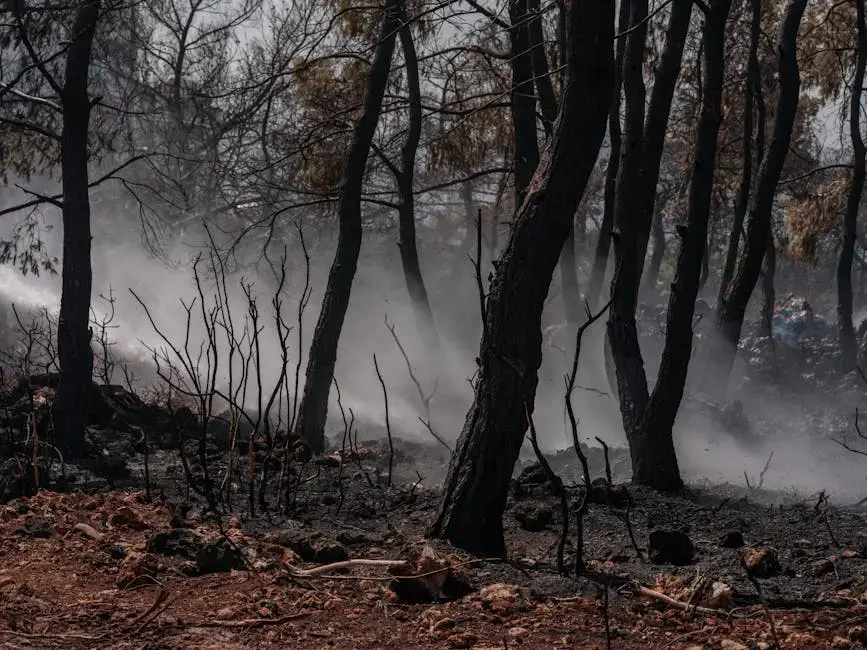What is Fire Damage Assessment and Why is it Important?
- A-Steam Restoration
- Aug 13
- 3 min read
Understanding fire damage assessment is crucial for homeowners, businesses, and property managers. This process involves evaluating the extent of damage caused by fire, smoke, and soot to ensure safety and facilitate recovery. Let's explore the significance of this assessment and how it can aid in restoring properties efficiently.

Step 1: Understanding Fire Damage
Fire damage can vary greatly depending on the intensity and duration of the fire. It's important to understand the different types of damage that can occur, including structural, smoke, and water damage.
Each fire incident is unique, and the aftermath can be devastating. Structural damage might leave your building compromised, while smoke can seep into walls and furnishings, causing lingering odors and health risks.
Additionally, the water used to extinguish the fire can lead to its own set of challenges. This can result in further damage to the property, mold growth, and delays in the recovery process.
Recognizing these various types of damage is essential for effective recovery strategies. Understanding what you're dealing with sets the foundation for successful restoration efforts.
Step 2: The Assessment Process
The assessment process typically involves a thorough inspection by professionals. They will evaluate the affected areas, identify hazards, and categorize the types of damage present.
It's a systematic approach that often begins with a visual inspection. Experts search for signs of damage, such as charred materials, warped structures, or signs of smoke presence.
After the initial inspection, more invasive techniques may be employed to measure the extent of the damage. This might involve checking for structural weaknesses or assessing smoke penetration.
Moreover, certified assessors will highlight potential safety hazards, such as unstable structures or hazardous materials that could pose risks during the recovery efforts.
Step 3: Documenting Damage
Accurate documentation is vital for insurance claims and recovery efforts. This may include taking photographs, making a list of damaged items, and noting the extent of structural damage.
Documenting effectively can streamline the claims process and ensure that no detail is overlooked, which is critical for insurance reviews.
It’s advisable to manage a chronological record of events, including the date and time of the fire, the assessment moments, and all communication with insurance adjusters.
Having this comprehensive documentation not only helps in reclaiming losses but also supports clear communication with contractors during the restoration phase.
Step 4: Creating a Restoration Plan
Once the assessment is complete, the next step is creating a detailed restoration plan. This plan should outline the necessary repairs, timelines, and any professional services required to restore the property.
Typically, this plan will prioritize repairs based on safety concerns and essential functions of the property. For instance, structural repairs often take precedence.
The restoration plan serves as a roadmap for both homeowners and contractors, guiding them through each stage of the recovery process, from initial cleanup to final repairs.
By having this structured approach, property owners can ensure that the restoration efforts align with their needs and budget, ultimately fostering a smoother recovery journey.
Step 5: Importance for Insurance Claims
A thorough fire damage assessment is crucial for filing insurance claims. Insurers require detailed information about the damage to process claims accurately and efficiently.
When assessing for claims, ensuring that all damages are documented meticulously is key. Insurers often rely on these assessments to determine the payout for repairs and replacements.
Failure to provide comprehensive assessments can lead to delays or even denials of claims, complicating the recovery process for property owners.
In essence, a well-conducted fire damage assessment is not just a formality; it is an integral part of ensuring that property owners receive the support they need to rebuild their lives and properties.
Wrapping Up
In conclusion, fire damage assessment is an essential step in the recovery process after a fire incident. It not only helps in determining the scope of repairs needed but also ensures that safety measures are in place. By understanding its importance, property owners can make informed decisions and start their restoration journey on the right foot.



































Comments